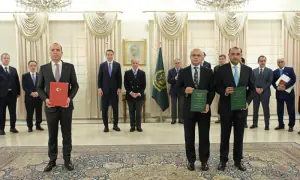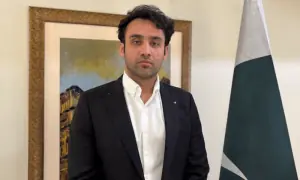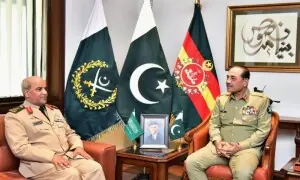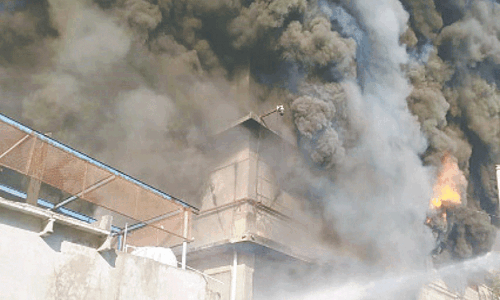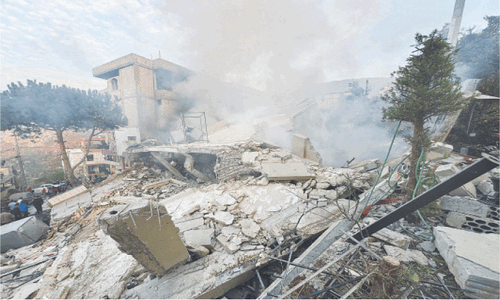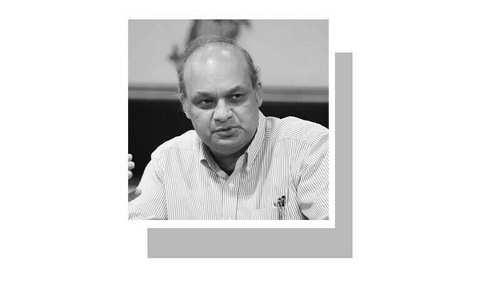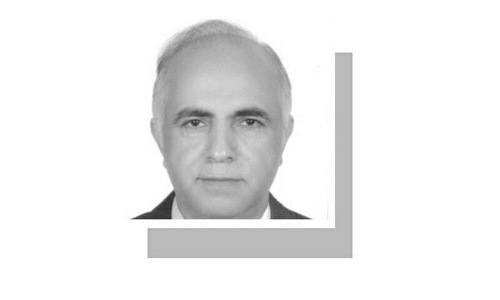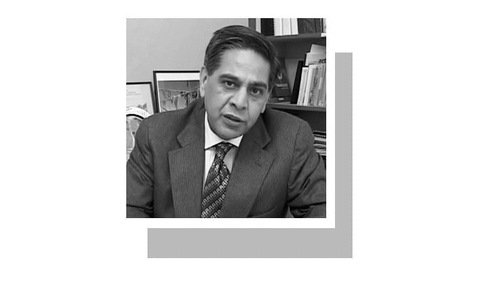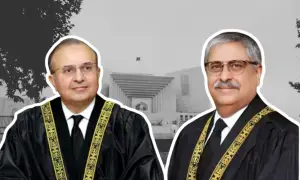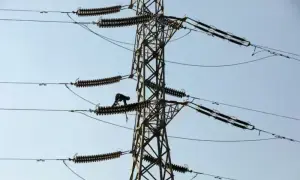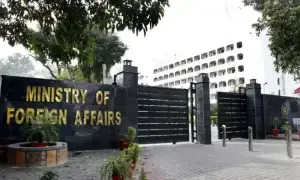ALMOST nine months into its term, the PTI government looks like it is starting afresh after the agreement reached with the IMF staff.
The details of the deal are awaited, but based on what we have thus far it is hard to see where exactly the gap between the deal signed on Sunday and what was proposed back in October has been narrowed.
What can be gauged from the reporting thus far is that the size of the fiscal adjustment that has been agreed on with the staff (board level approval is still awaited though it is expected to be a formality) is more or less the same as what was being demanded during the February meetings, perhaps even the earlier ones in October.
On top of that, the Fund statement released on Sunday mentions a “market-determined exchange rate” which was widely considered to be one of the important sticking points.
Privatisation has not been included in the programme, going by the language of the Fund’s statement, but ensuring that the state-owned enterprises do not bleed public finances is an important priority.
Crucially, this means higher power tariffs since that is one area where the state-owned entities have been the biggest burden on government finances.
Overall, it is easy to see that the deal is going to be a significant challenge for the government.
Reaching the target of 0.6pc of GDP as the primary deficit means an adjustment of more than 1.5pc of GDP just on the fiscal side.
This is not exactly unprecedented, as the government is claiming, but it is challenging nonetheless, and the rulers will undoubtedly meet plenty of resistance from the business community, while raising taxes on items like power and fuel will engender a popular backlash.
Cutting development expenditure to meet the fiscal deficit target will not be an option to any significant degree. Nothing is known yet of what the targets are in the other critical area, ie the building up of foreign exchange reserves, but it looks like that too will be a serious challenge.
Now comes the moment of truth, when a government that has come to power on the back of populist promises and quick fixes has to tell its voters that inflation and unemployment will have to be their lot for at least a few years before growth and prosperity can return.
The government would be well advised to ensure as much transparency as it can when advancing down the road of adjustment that lies before it.
Political support and ownership will be critical to successful implementation, and a strong bargaining position at the table when the reviews take place will only come if ownership is broad based.
The politics of adjustment will now define the government’s course going forward, and transparency will be the critical ingredient for success here.
Published in Dawn, May 14th, 2019






